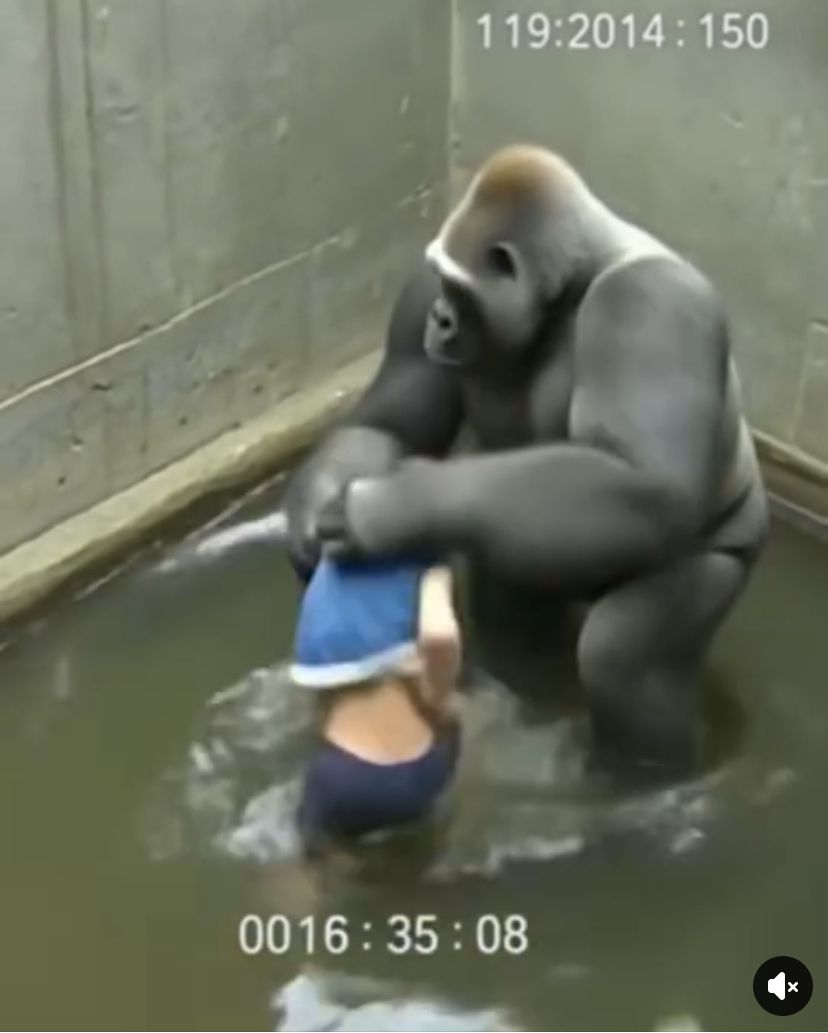Inside the Debate: What Really Happened in Harambe’s Last Moments at the Cincinnati Zoo
The footage of Harambe the gorilla continues to provoke unease and debate nearly a decade after the incident at the Cincinnati Zoo. The central question remains whether the gorilla was a genuine threat to the child who fell into his enclosure or if his actions were misinterpreted in a moment of panic.
The 2016 shooting of Harambe sparked immediate global outrage and a profound ethical reckoning. The event ignited worldwide discussions on animal captivity, human safety, and our limited ability to understand animal behavior.
Expert analysis of the footage is divided. Some animal behaviorists suggest Harambe’s movements indicated curiosity or even a protective instinct. Others maintain that the gorilla’s immense strength alone posed an unacceptable risk, justifying the zoo’s difficult decision.
The tragedy transcended the single event, forcing a critical examination of zoos as institutions. It raised the fundamental question of whether confining highly intelligent, emotional creatures is ethically justifiable.
Proponents of zoos argue they are vital for conservation and education. Critics, however, contend that even advanced enclosures cannot replace an animal’s natural habitat and are inherently limiting.
In the aftermath, zoos globally undertook significant safety reviews. They improved enclosure designs, barriers, and emergency protocols to prevent a similar tragedy from occurring again.
Ultimately, Harambe’s legacy is one of symbolism. His death highlighted the complex responsibility humans bear when sharing space with wild animals. It serves as a lasting reminder of the difficult balance between welfare and safety, urging a continuous reevaluation of how we coexist with other species.






